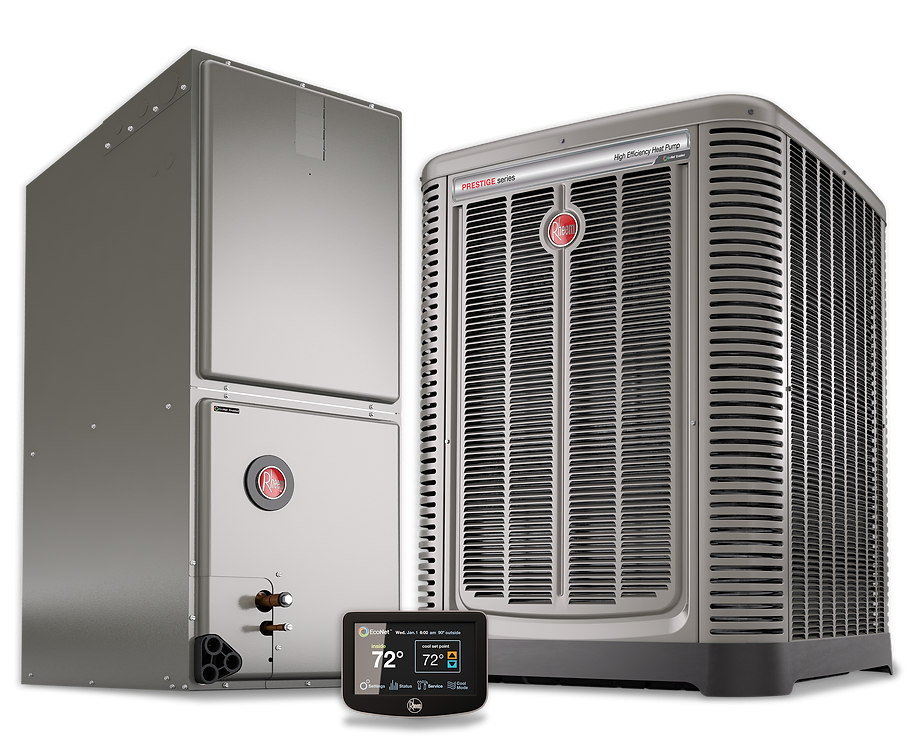For several decades, R22 has been a popular refrigerant used in air conditioning and refrigeration systems. However, due to its negative impact on the environment, the phase-out of R22 has been initiated in various countries. The phase-out has been put in place to protect the ozone layer and to reduce greenhouse gas emissions. In this article, we will discuss the phase-out of R22 and the implications for users of air conditioning and refrigeration systems.
What is R22?
R22, also known as chlorodifluoromethane, is a hydrochlorofluorocarbon (HCFC) refrigerant. It was widely used in air conditioning and refrigeration systems due to its excellent cooling properties. However, R22 has been identified as one of the substances that contribute to the depletion of the ozone layer, which protects the earth from harmful ultraviolet radiation.
Why is R22 being phased out?
The depletion of the ozone layer is a significant environmental issue. Ozone depletion occurs when chlorine and bromine-containing compounds, such as HCFCs, reach the stratosphere and break down ozone molecules. The breakdown of ozone molecules results in a thinning of the ozone layer, which can have negative consequences, including an increased risk of skin cancer, cataracts, and damage to crops.
To address this issue, the Montreal Protocol was established in 1987, with the aim of phasing out substances that contribute to the depletion of the ozone layer. As an HCFC, R22 has been identified as a substance that needs to be phased out to protect the ozone layer.
What is the timeline for the phase-out of R22?
The phase-out of R22 has been ongoing for several years, with various countries implementing different timelines. In the United States, the production and import of R22 were banned in 2020. This means that new R22 equipment is no longer available, and existing R22 equipment can no longer be refilled with new R22 refrigerant. Users of R22 equipment will need to transition to alternative refrigerants or replace their equipment with new systems that use alternative refrigerants.
The European Union banned the use of R22 in new equipment in 2010, with a complete phase-out of R22 scheduled for 2022. In Australia, the import of R22 was phased out in 2016, with a complete phase-out scheduled for 2030.
What are the implications of the phase-out of R22 for users of air conditioning and refrigeration systems?
The phase-out of R22 has implications for users of air conditioning and refrigeration systems. Existing R22 equipment will need to be transitioned to alternative refrigerants or replaced with new systems that use alternative refrigerants. The cost of transitioning to alternative refrigerants or replacing equipment can be significant, depending on the age and size of the system.
Users of R22 equipment are encouraged to begin planning for the phase-out of R22 as soon as possible. This will allow them to evaluate their options, including transitioning to alternative refrigerants or replacing their equipment, and to budget for the cost of the transition.
Conclusion
The phase-out of R22 is a necessary step to protect the ozone layer and reduce greenhouse gas emissions. Users of air conditioning and refrigeration systems that rely on R22 will need to transition to alternative refrigerants or replace their equipment with new systems that use alternative refrigerants. While the cost of transitioning to alternative refrigerants or replacing equipment can be significant, it is important to begin planning for the phase-out of R22 as soon as possible to ensure a smooth transition.

